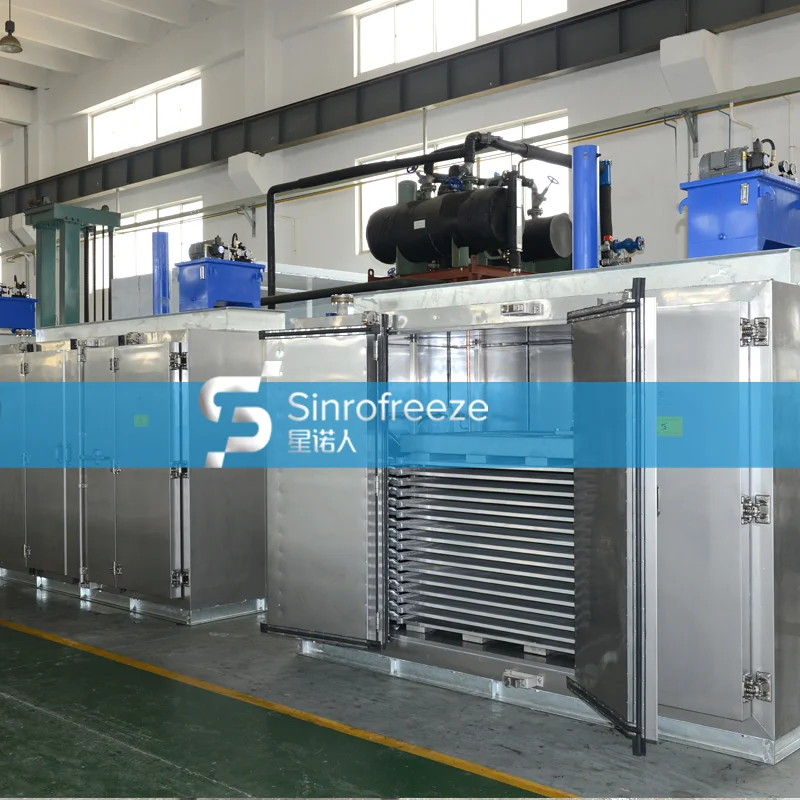In recent years, the food industry has witnessed a significant shift towards sustainable packaging solutions, with paper packaging emerging as a popular choice. As consumers become increasingly conscious of environmental issues, the question arises: Is paper packaging food safe? This article delves into the complexities surrounding paper packaging, examining its safety, benefits, and potential drawbacks, while providing insights for both consumers and manufacturers.
Understanding Paper Packaging
Paper packaging encompasses a variety of materials, including cardboard, kraft paper, and coated paper. These materials are derived from renewable resources, making them an attractive alternative to plastic. However, the safety of paper packaging for food products is influenced by several factors, including the type of paper used, its treatment, and the specific food it contains.
Safety Standards and Regulations
In many countries, food packaging is subject to stringent regulations to ensure consumer safety. In the United States, the Food and Drug Administration (FDA) oversees the safety of food contact materials, including paper packaging. Manufacturers must adhere to guidelines that limit the migration of harmful substances from packaging into food. This includes ensuring that inks, adhesives, and coatings used in paper packaging are food-safe.
European regulations, such as the Framework Regulation (EC) No. 1935/2004, also set high standards for food contact materials. These regulations require that materials do not transfer their constituents to food in quantities that could endanger human health or bring about an unacceptable change in food composition.
Types of Paper Packaging and Their Safety
- Uncoated Paper: Generally considered safe for direct food contact, uncoated paper is often used for wrapping sandwiches, baked goods, and other dry foods. Its porous nature allows for breathability, reducing moisture buildup and preventing spoilage.
- Coated Paper: This type of paper is often treated with a plastic or wax coating to enhance moisture resistance and durability. While these coatings can provide additional protection, they may also introduce potential safety concerns if not specifically designed for food contact. It is crucial for manufacturers to use food-grade coatings that comply with safety regulations.
- Recycled Paper: The use of recycled paper in food packaging raises questions about safety due to potential contamination from previous uses. However, when properly processed and treated, recycled paper can be safe for food contact. Manufacturers must ensure that recycled materials meet safety standards and do not contain harmful substances.
Benefits of Paper Packaging
- Sustainability: One of the most significant advantages of paper packaging is its environmental impact. Paper is biodegradable and recyclable, reducing landfill waste and promoting a circular economy. Many consumers prefer paper packaging due to its perceived eco-friendliness.
- Versatility: Paper packaging can be easily customized to suit various food products, from fast food to gourmet items. It can be printed with branding and nutritional information, enhancing the consumer experience.
- Barrier Properties: While paper is not inherently moisture-proof, advancements in technology have led to the development of paper packaging with enhanced barrier properties. These innovations help protect food from moisture, oxygen, and light, extending shelf life while maintaining safety.
Potential Drawbacks and Considerations
Despite its benefits, there are potential drawbacks to paper packaging that consumers and manufacturers should consider:
- Chemical Migration: As mentioned earlier, the migration of chemicals from packaging to food is a concern. It is essential for manufacturers to conduct thorough testing to ensure that their paper packaging does not leach harmful substances into food.
- Moisture Sensitivity: Paper packaging can be susceptible to moisture, which may compromise food quality. For wet or oily foods, it is crucial to use appropriate coatings or barriers to prevent degradation.
- Limited Durability: Compared to plastic, paper packaging may not offer the same level of durability and protection, particularly for perishable items. Manufacturers must assess the specific needs of their products when choosing packaging materials.
Conclusion: Making Informed Choices
In conclusion, paper packaging can be a safe and sustainable option for food products when proper safety standards are adhered to. Consumers should look for certifications and labels indicating that the packaging is food-safe, while manufacturers must prioritize compliance with regulations to ensure consumer safety. As the food industry continues to evolve, the focus on sustainable packaging solutions like paper will likely grow, making it essential for all stakeholders to stay informed about safety practices and innovations in this area.

Average Rating